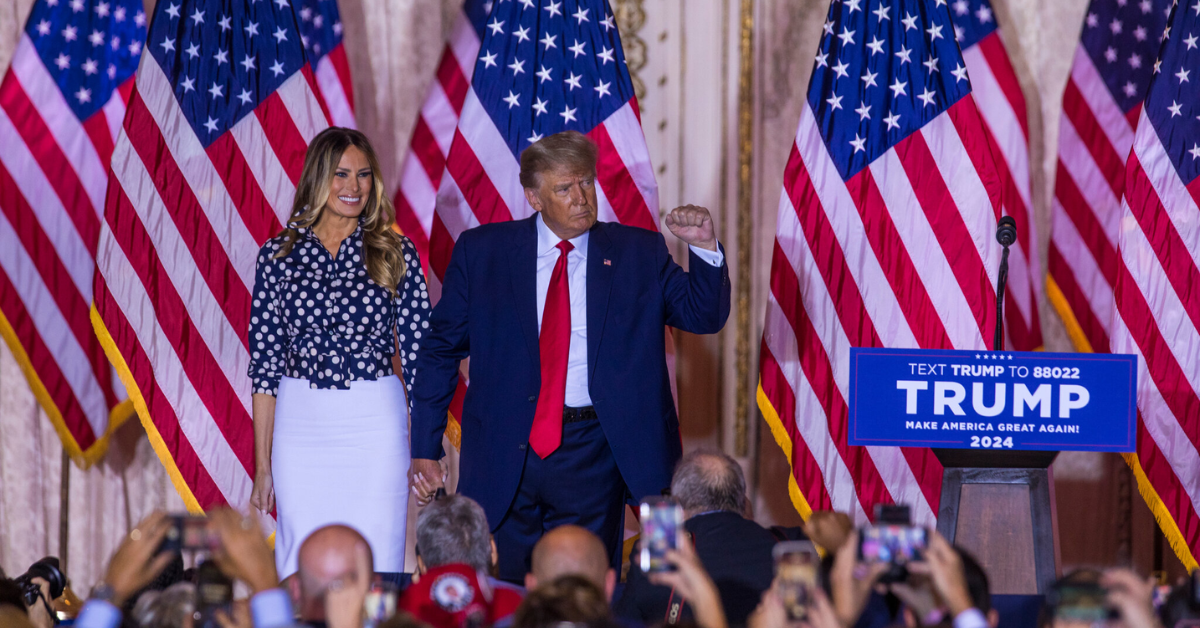Republicans who are tired of Donald Trump could cause their party to lose even the most solidly Republican states in the upcoming midterm elections. These voters, frustrated with Trump’s influence and actions, may either stay home or vote for Democrats, risking the party losing what were once considered “ruby red” states.
The midterms usually serve as a chance for voters to voice their opinions about the sitting president and their party. But this time, Trump remains a big factor in Republican politics, and it is causing a split within the party. Some Republicans support Trump strongly, while others feel worn out by his behavior and the controversies that come with him. This division could change the election results in surprising ways.
According to experts, the Republican base is no longer as united as it used to be. Many voters feel that Trump’s style and approach have damaged the party’s image. Some are even worried that sticking with Trump could hurt their chances of winning key elections. This dissatisfaction is creating openings for Democrats in states that have traditionally voted Republican by large margins.
These “ruby red” states have been seen as safe for Republicans for years. But now, the report warns, if enough voters reject Trump, Democrats could gain ground in places where they have not been competitive before. This could make the midterms much more unpredictable and raise the stakes for both parties.
Political analysts say that the impact of Trump’s influence goes beyond just candidate popularity. It affects how voters see the Republican Party as a whole. Some moderate Republicans and independents who once supported the GOP may now look to Democrats or choose not to vote at all, lowering the Republican vote count. This shift could be decisive in close races.

Another key factor is the younger generation of voters, who tend to be less supportive of Trump’s politics. They often favor candidates who focus on issues like climate change, education, and healthcare. If these younger voters turn out in strong numbers, it could further challenge Republicans in states that usually vote red.
At the same time, Democrats are energized to take advantage of this division within the Republican Party. They see a chance to flip seats in both the House and the Senate by appealing to disillusioned voters. Campaigns are already focusing on issues that matter to these voters and presenting alternatives to Trump’s style of politics.
The consequences of this could be far-reaching. If Democrats manage to win more ruby red states, it could change the balance of power in Washington and affect policy decisions for years to come. Republicans would need to rethink their strategy and leadership if they want to regain trust among voters.
However, not all Republicans are against Trump, and his loyal supporters remain a strong force in many areas. The party could still rally around Trump-endorsed candidates who energize the base. But the growing number of voters who want to move away from Trump’s influence is a clear sign of changing times.
In short, the midterms could see unexpected results as Trump-sickened Republicans either stay home or shift their votes, giving Democrats a real chance to win in states that were once safely Republican. This evolving political landscape means both parties will need to work harder than ever to win voters’ trust and secure their seats.








